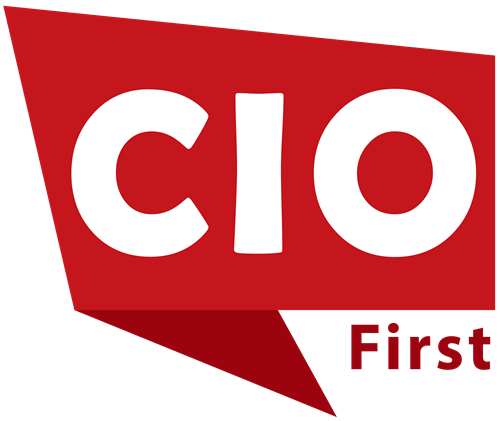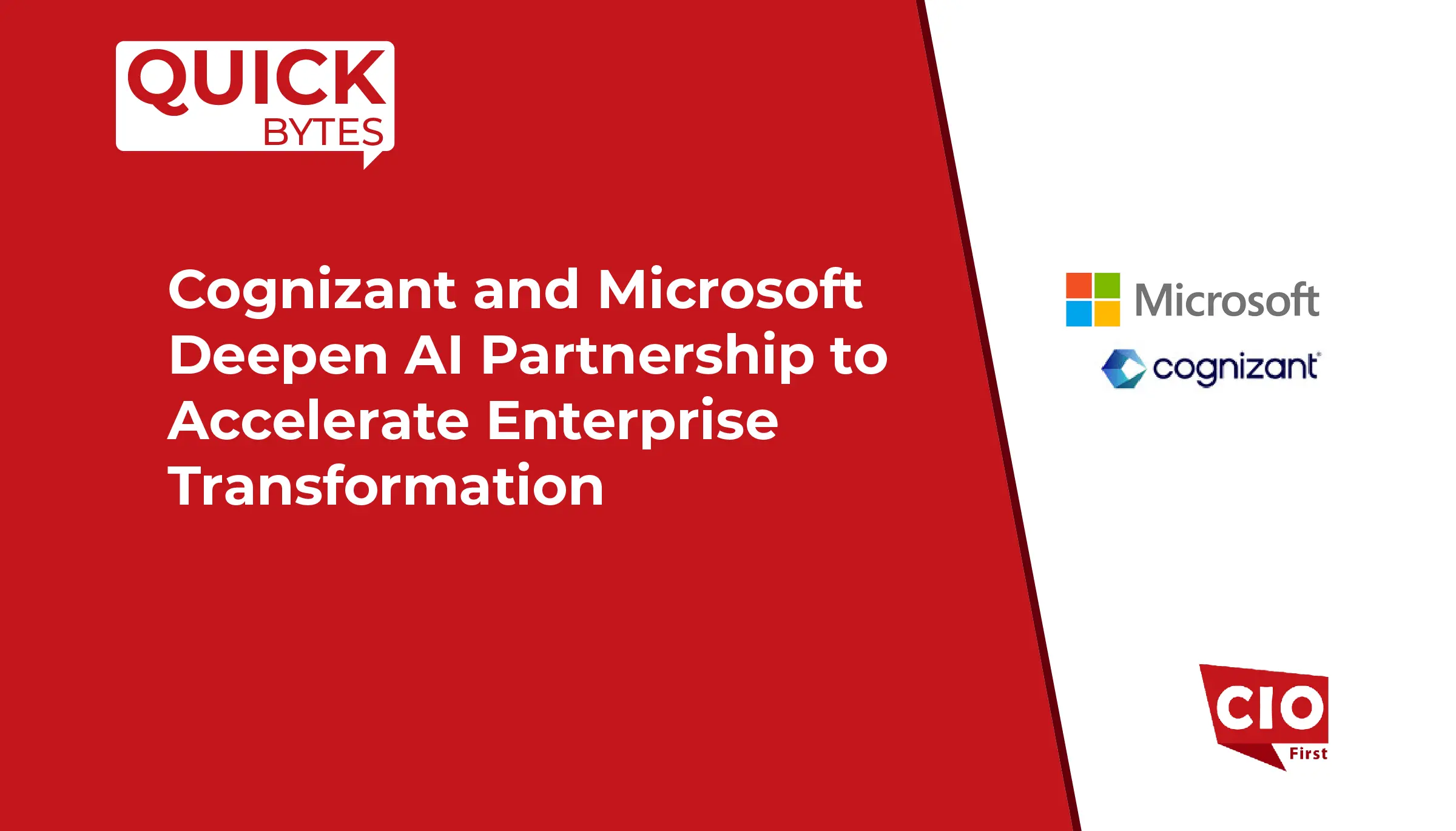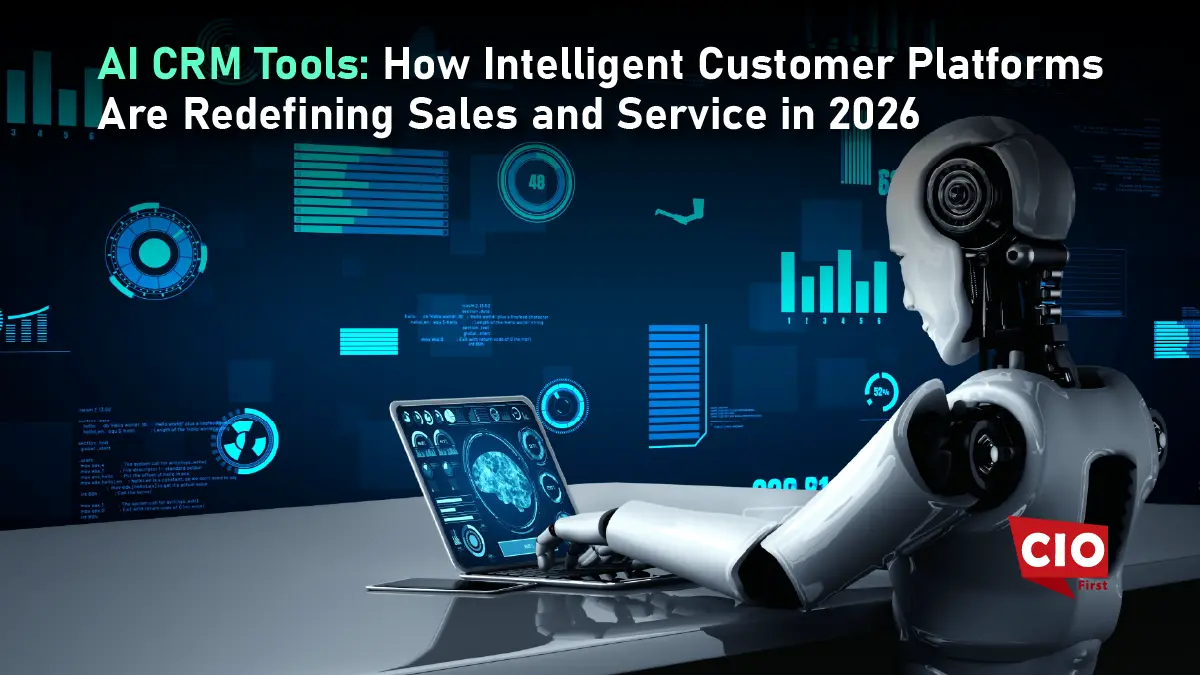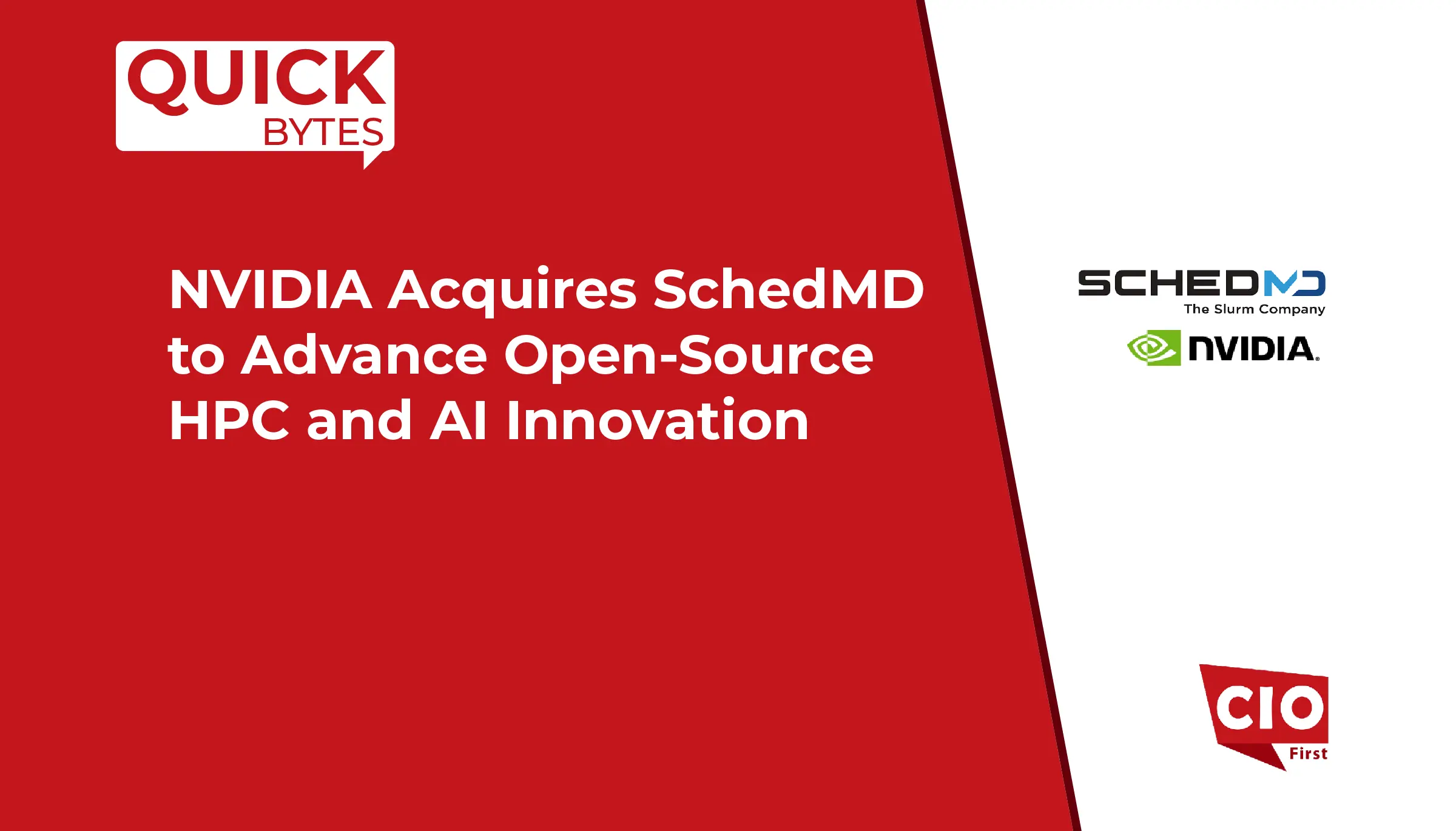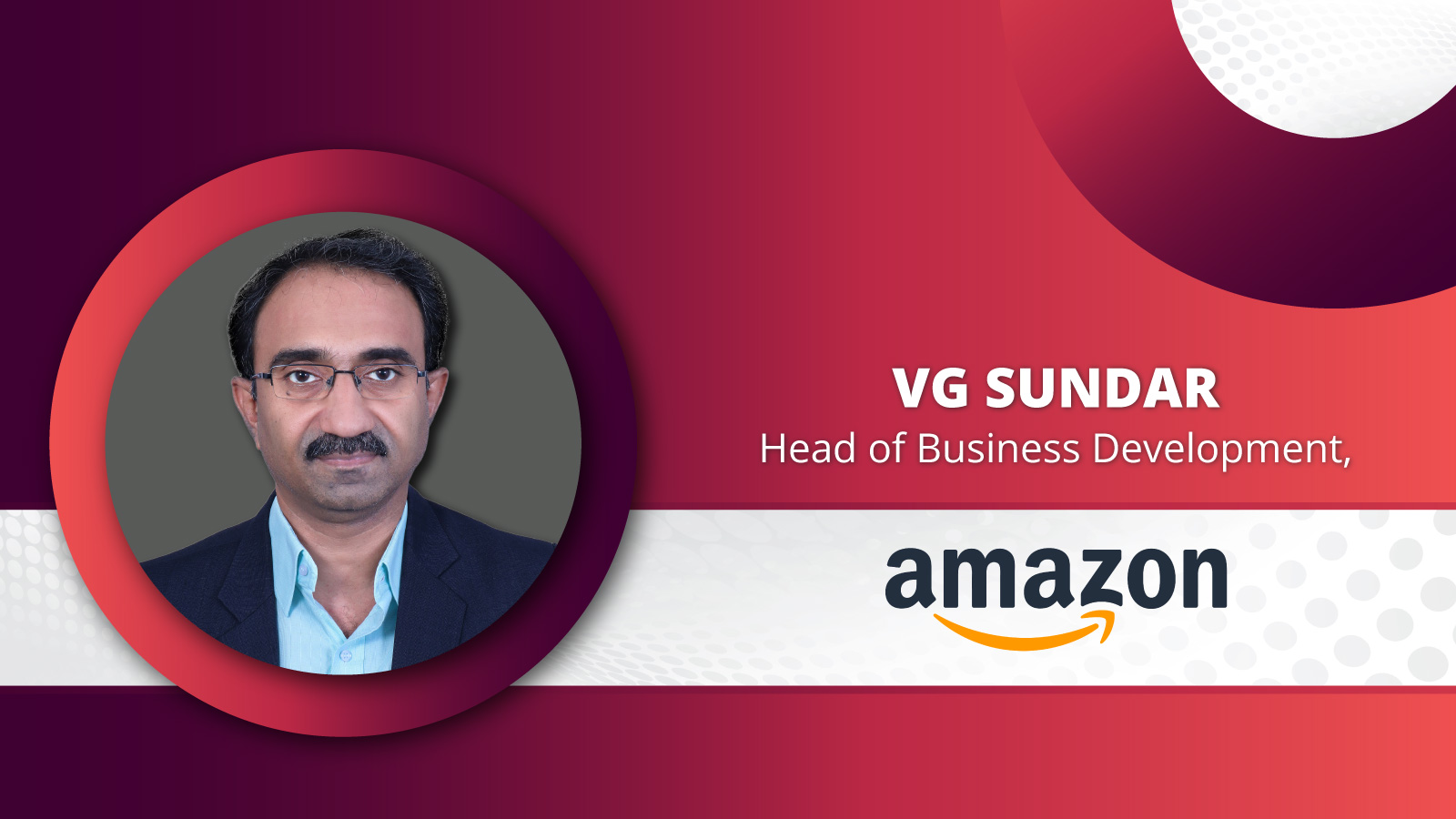Cloud computing has become the foundation for enterprise technology. The focus has shifted from adoption to refinement. The challenge now is no longer about getting to the cloud but about making cloud environments perform with precision and intent. Cloud Optimization is not just a financial concern. It is a core driver of efficiency, reliability, and strategic advantage.
Unoptimized environments create friction. They slow decision-making, complicate compliance, and expose businesses to risk. Optimization is not a checkbox; it is an ongoing discipline that impacts how organizations scale, secure, and evolve.
Building for Aligned Performance
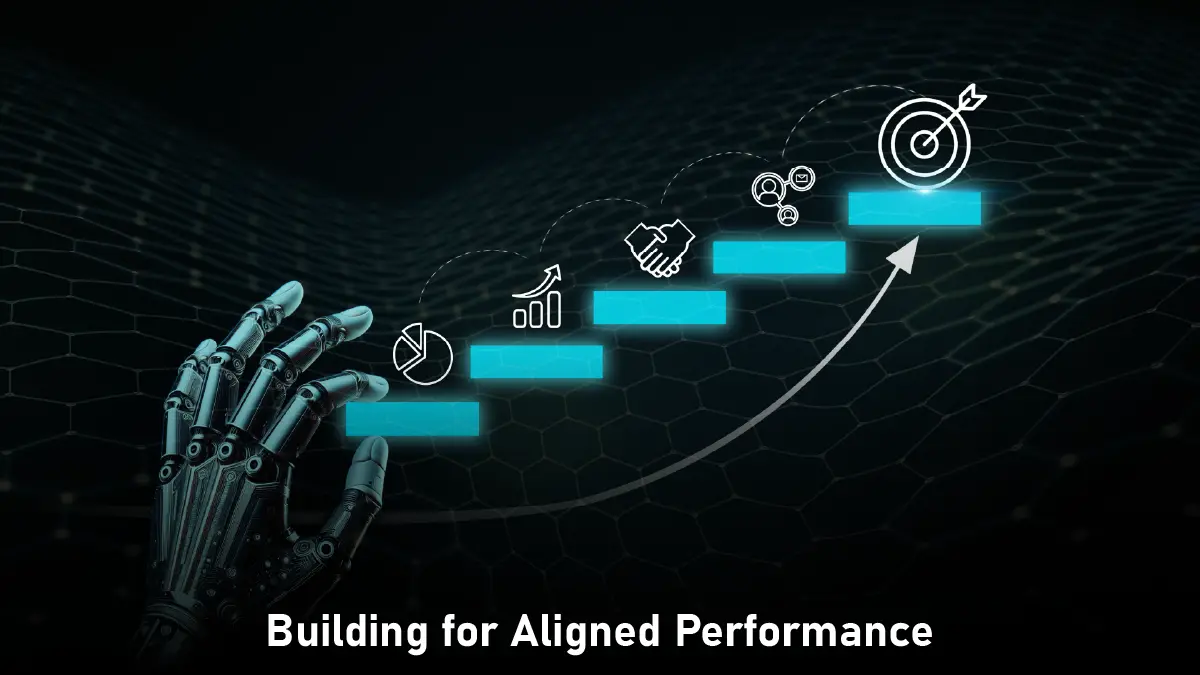
Cloud performance is not a byproduct of capacity. It is the result of thoughtful architecture and ongoing management. Enterprises must treat performance as an outcome of design, not just provisioning. This requires visibility into workloads, awareness of changing usage patterns, and systems that respond to demand with clarity.
Waiting for issues to surface is no longer acceptable. Performance must be anticipated and shaped. Tagging structures, provisioning logic, and real-time observability need to work in concert. High-performing systems are not just efficient. They reflect purpose.
Controlling Cost with Precision
Optimizing cost is no longer about simply cutting back. It is about ensuring that spending aligns with business value. Enterprises that can see, track, and forecast their cloud usage gain a different level of control. Budget visibility becomes a strategic tool when it is integrated directly into development workflows. Federal agencies are following the same path. According to the Federal IT Dashboard, U.S. agencies planned over US$100 billion in IT investments for FY 2025, with substantial allocations toward cloud modernization. Agencies like the Department of the Treasury, with a US$ 2.4 billion cloud-related request highlight the scale and complexity of managing cloud spend.
The ability to move quickly without financial waste depends on having clear boundaries and reliable signals. When optimization includes financial governance, teams are empowered to innovate within defined parameters. Cost efficiency becomes a byproduct of focus.
Scaling Through Automation
Manual processes limit cloud scalability. Enterprises must adopt automation not only for speed but for consistency and control. Automated rightsizing, scheduled scaling, and policy-based enforcement allow environments to stay efficient without constant oversight.
Automation must be designed to accommodate complexity. It should adjust to changing conditions without becoming rigid. By placing guardrails around critical operations, enterprises can avoid errors while improving responsiveness. Optimization, at scale, depends on automation that works quietly and continuously. For example, the U.S. Department of the Treasury awarded a US$1.3 billion contract to Science Applications International Corporation (SAIC) for a multi-cloud modernization initiative known as ‘T-Cloud.’ This project aims to centralize and streamline the Treasury’s cloud services by integrating offerings from major providers such as Amazon Web Services, Google, IBM, Microsoft, and Oracle. The T-Cloud initiative enhances the department’s ability to rapidly and securely adopt modern, flexible, and cost-effective cloud solutions, demonstrating how automation at scale is essential for managing complex, dynamic workloads efficiently and securely.
Designing with Flexibility in Mind
Rigid cloud environments struggle to adapt. Workloads shift, teams grow, and priorities evolve. Optimization efforts must account for this natural variability. Instead of applying uniform standards across all deployments, architectures should favor modularity and decoupled systems.
This approach allows teams to iterate without being confined. By prioritizing loose coupling and stateless design, enterprises can reduce rework and support long-term agility. Optimization does not mean locking in a structure. It means enabling change without disruption.
Security as a Built-in Function

An optimized cloud must also be a secure cloud. Cost savings and performance gains are irrelevant if security gaps remain. Idle resources, excessive permissions, and misconfigured access controls often emerge in environments that lack optimization discipline.
Security should not follow optimization. It should shape it. Access governance, network configuration, and encryption policies must be considered at every stage. When security is treated as a core part of cloud design, optimization becomes both safer and more sustainable.
Observability as a Foundation
Optimization begins with clarity. Without observability, decisions are guesswork. Enterprises need comprehensive visibility into cloud environments to identify what is working and what is wasting resources. Metrics, logs, and traces must feed into a unified system that provides actionable insights.
This visibility should not overwhelm. It should guide. Observability tools must filter out noise and prioritize meaningful signals. Optimization is not about knowing everything, but about knowing what matters. Well-instrumented environments lead to smarter scaling, faster responses, and fewer surprises.
Also Read: Why No-Code Automation Is a Game-Changer for SaaS Startups and Enterprise Tech
Policy-Driven Governance
Cloud environments grow fast. Without policy-driven governance, that growth can become chaotic. Optimization depends on having clear, enforceable rules that balance autonomy with oversight. Resource provisioning, identity management, and deployment standards must be governed by policies that are both strict and adaptable.
This kind of governance does not slow innovation. It channels it. When developers understand the boundaries, they can operate with greater confidence. Well-defined policies reduce risk, eliminate ambiguity, and make optimization consistent across teams.
Continuous Review Over Static Planning
Optimization is not a one-time project. Cloud environments evolve, and so must the strategies used to manage them. Enterprises that revisit their optimization practices regularly stay ahead of drift, avoid unnecessary spending, and maintain alignment with business goals.
This requires more than quarterly reviews. It demands continuous feedback. Dashboards, alerts, and performance baselines should evolve as workloads grow and change. The ability to adapt quickly is what makes optimization a strength rather than a burden.
Cross-Functional Collaboration
Cloud optimization is not the responsibility of a single team. It spans operations, development, finance, and security. Each group brings a different perspective on what optimization means. The most effective strategies emerge when these voices are aligned.
Collaboration reduces blind spots. It encourages shared ownership and reinforces discipline. Enterprises that promote this alignment reduce conflict and improve outcomes. Optimization, when treated as a shared goal, becomes more achievable and sustainable.
Standardization Without Rigidity
Standardization plays a key role in optimization, but it must not become inflexible. Frameworks, naming conventions, and environment templates help reduce confusion and support compliance. However, they must allow room for innovation and adjustment.
The goal is to create a foundation that supports experimentation, not prevents it. When standards serve the team, rather than restrict it, optimization improves. Enterprises should focus on creating guidelines that provide structure without limiting creativity.
A Culture of Ownership
Technology alone does not drive cloud optimization. Culture does. Teams must be empowered to manage the environments they build. This means giving developers access to insights, educating them on cost and performance principles, and encouraging proactive behavior.
Ownership fosters accountability. It turns optimization from a checklist into a habit. When teams understand the impact of their choices and feel responsible for outcomes, they build systems that are efficient by design. Culture, in the end, determines how well optimization takes root.
Optimization as a Competitive Lever
Enterprises that treat cloud optimization as a continuous, cross-functional effort gain more than savings. They build resilience, speed, and control into the core of their operations. These are the traits that define competitive advantage in modern business.
Optimization is not about doing more with less. It is about doing the right things, with clarity and consistency. The enterprises that succeed in cloud optimization in 2025 will be those that approach it as an evolving discipline, guided by policy, powered by automation, and shaped by culture.
